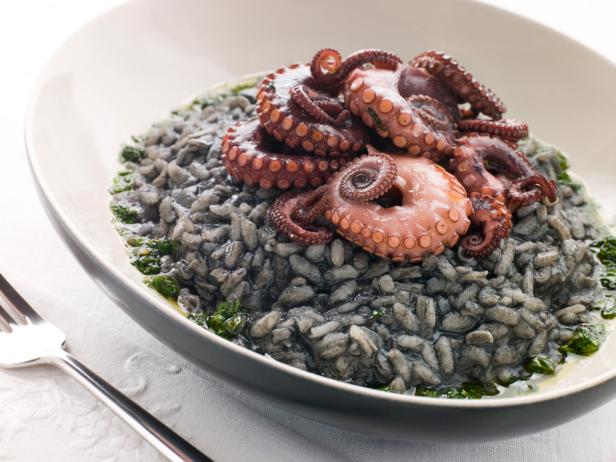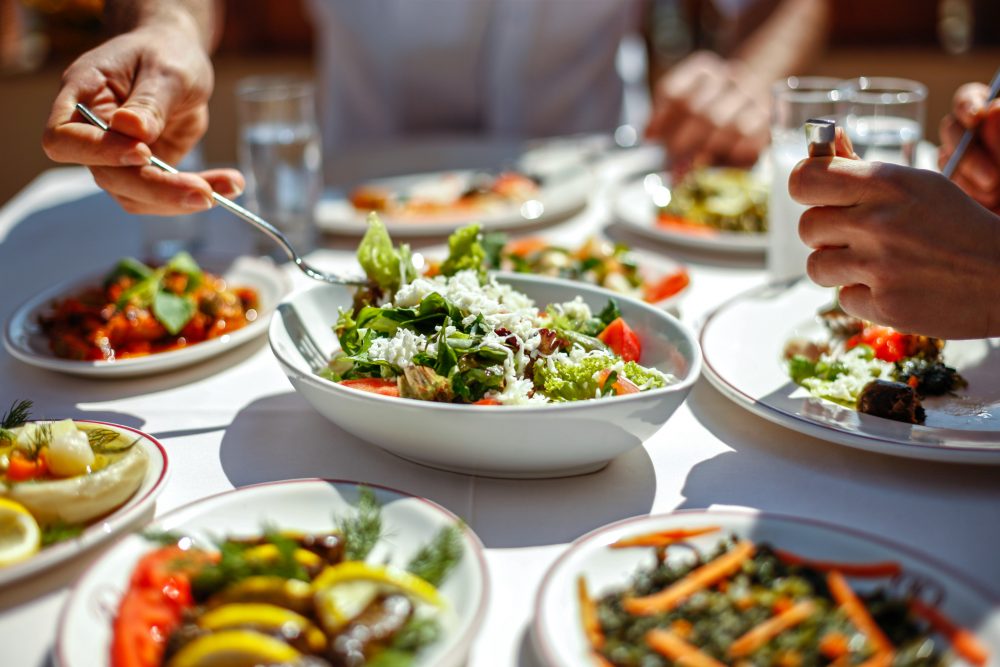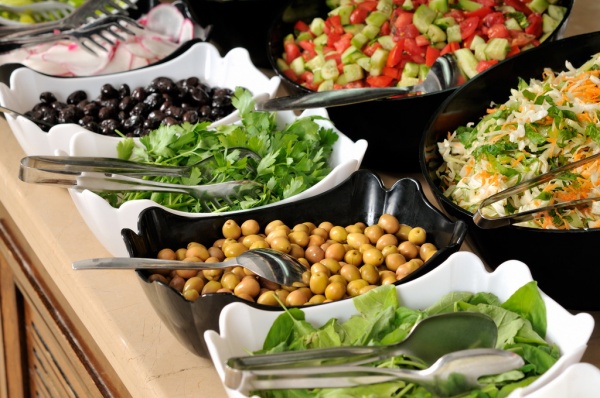Introduction: Croatia’s Culinary Heritage
Croatia is a country located in the Balkans, known for its beautiful coastline, historic cities, and rich cultural heritage. The country’s cuisine is a reflection of its diverse history and geography. Croatian cuisine has been influenced by Mediterranean, Central European, and Ottoman cuisines, resulting in a unique blend of flavors and aromas. Traditional Croatian dishes are often prepared with fresh, locally sourced ingredients, such as seafood, meats, vegetables, and herbs.
Peka: A Croatian Specialty Dish
Peka is a traditional Croatian specialty dish that is worth trying. It is a slow-cooked dish that is prepared in a clay pot under a metal bell. The pot is filled with meat or seafood, vegetables, and herbs, and then covered with the bell and placed in the oven. The dish is cooked for several hours, allowing the ingredients to absorb each other’s flavors and aromas. Peka is typically served with potatoes or bread and is a hearty and flavorful dish that will satisfy any appetite.
Ćevapi: Grilled Minced Meat Sausages
Ćevapi is a popular street food in Croatia and is a must-try for anyone visiting the country. These grilled minced meat sausages are made from a mixture of beef and lamb and are served in a warm, soft pita bread with onions and a side of sour cream. Ćevapi are usually small in size, making them perfect for snacking on the go. They are also a great option for a quick and tasty lunch or dinner.
Pašticada: A Slow-Cooked Beef Stew
Pašticada is a slow-cooked beef stew that is considered one of the most iconic Croatian dishes. It is a dish that has been passed down from generation to generation and is a symbol of the country’s culinary heritage. The stew is made with beef that has been marinated in red wine and vinegar, and then slow-cooked with vegetables and spices for several hours. The result is a tender and flavorful beef stew that is served with homemade gnocchi or pasta.
Octopus Salad: A Refreshing Seafood Dish
Octopus salad is a refreshing and delicious seafood dish that is popular in Croatia. It is made with tender octopus that has been boiled and then marinated with olive oil, garlic, lemon juice, and parsley. The salad is typically served cold and is a perfect appetizer or light meal. It is a dish that is perfect for hot summer days and pairs well with a glass of Croatian white wine.
Rožata: A Delicious Custard Dessert
Rožata is a traditional Croatian custard dessert that is similar to crème caramel. It is a sweet and creamy dessert that is made with eggs, milk, sugar, and caramel. Rožata is usually flavored with lemon zest or vanilla and is served chilled. It is a perfect dessert to finish off a meal and pairs well with a glass of dessert wine.
Strukli: A Savory Cheese Pastry
Strukli is a savory cheese pastry that is a favorite in Croatia. It is made with homemade dough that is filled with a mixture of cottage cheese, sour cream, and eggs. The pastry is then baked until it is golden brown and crispy. Strukli is a perfect dish for brunch or as a side dish with a main course. It is a dish that is simple yet flavorful and is a must-try for anyone visiting Croatia.
Croatian Wine: Perfect Complement to Your Meal
Croatia has a long history of winemaking, and the country’s wines are a perfect complement to any meal. There are many varieties of Croatian wines, from crisp whites to full-bodied reds. Some of the most popular Croatian wine regions include Istria, Dalmatia, and Slavonia. The country’s wine culture is deeply ingrained in its culinary heritage, and many traditional Croatian dishes are paired with local wines. A glass of Croatian wine is a perfect way to enhance your dining experience and savor the flavors of Croatia.







